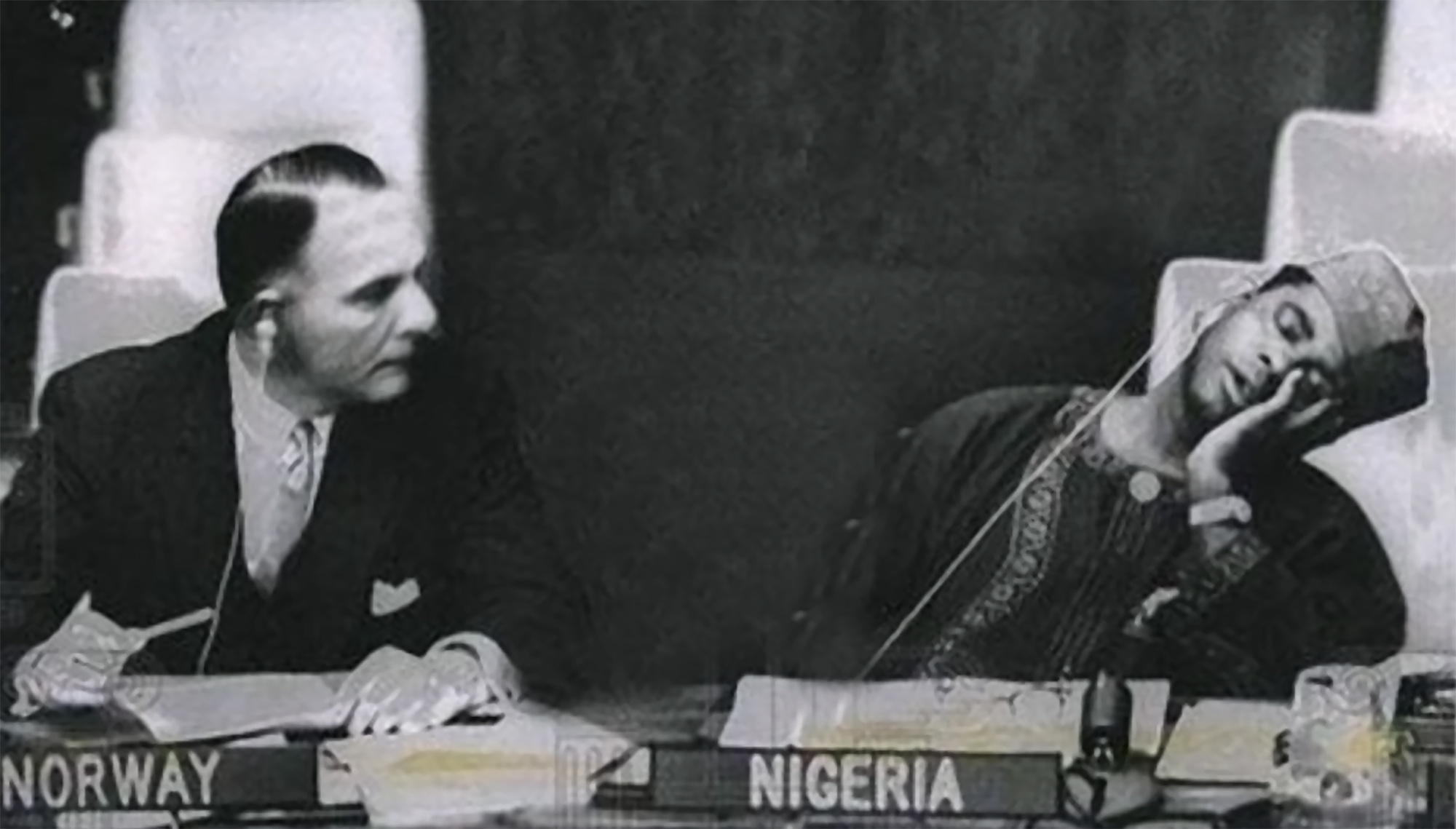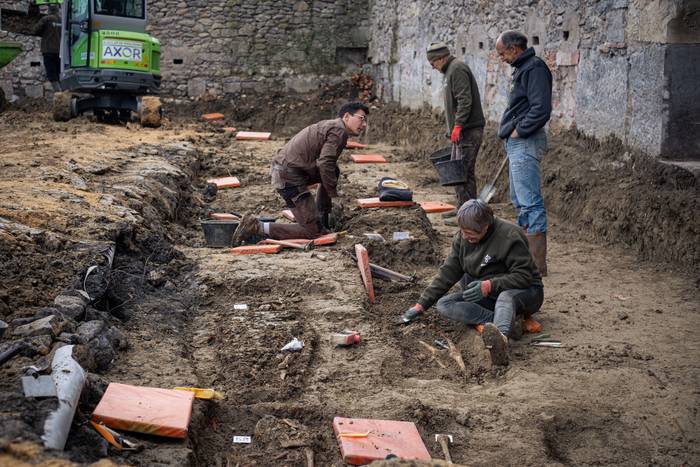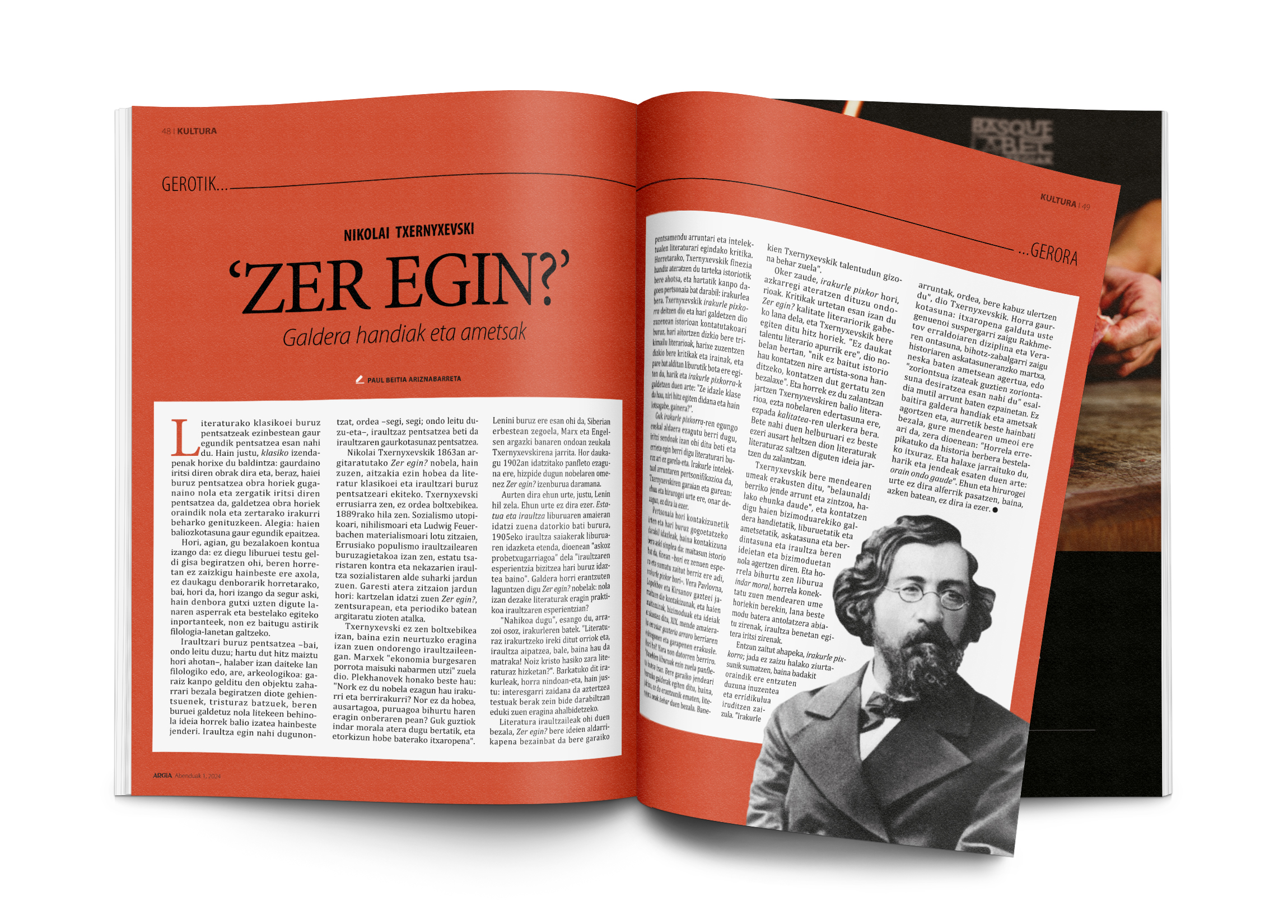Molotov or Domínguez

Finland, November 1939. The Winter War began when the Soviets invaded the country of northern Europe. Although the Red Army was much stronger, the Finns resisted the attack throughout the winter, until March 1940.
Then, Soviet foreign minister Viacheslav Mijailovich Skryabin, known as Molotov or “hammer,” launched a curious propaganda campaign. Proving to be a master in information and, above all, in misinformation, he said in several radio statements that the Soviets were not throwing bombs in Finland, but were throwing food packages for the Finns. To cope with Soviet superiority, the Finns used what they could, for example, incendiary bottles. And they responded with humor to Molotov's words: “If Molotov brings the food, we will put the drink.” Soviet explosives began to be called “Molotov Food Baskets” and Finns’ firebombs, “Molotov cocktails”.
History books say Molotov cocktails were first used by Spanish Republicans in the 1936 war. But if we look at the newspaper library, similar firearms were used in Spain more than a century ago, specifically in Motril, Granada. In July 1831 the following news appeared in the Madrid newspaper La Gaceta:
“Between the waters of Calahonda and the Adra [beaches of Motril] the Spanish coast guard Josef intercepted a smuggling vessel. When they reached the boat's height, the coastguards asked where the boat came from and the smugglers responded with a gun. The gun fire moved between two fires and the approach began. So, the boat skipper fired several fire arrows at the smuggling boat, forcing all crew members into the water. Eighteen men were brought out of the waters, burned or injured.
Subsequently, an additional eight were found to be still in the smuggling container, along with two short pieces of artillery and smuggling goods. As for the boat crew, Carabinero Manuel José Domínguez, commander of the Coast Guard, has been seriously wounded, and the boatman and the two sailors have also been wounded.”
So if instead of looking at the mood of the Finns we took into account their historical origin, we might call the popular device the Josef cocktail or the Domínguez cocktail.
New York, 1960. At a UN meeting, Nigeria’s Foreign Minister and UN ambassador Jaja Wachucu slept. Nigeria had just achieved independence on 1 October. Therefore, Wachuku became the first UN representative in Nigeria and had just taken office.
In contradiction to the... [+]
Today, 50 years ago, the labor movement of the Basque Country wrote a very important chapter in its history. In Hegoalde, some 200,000 workers went on a general strike in protest against the Franco regime, which lasted two months. This mobilization made it clear that the... [+]
Researchers at Johns Hopkins University have discovered several cylinders with inscriptions at the present Syrian Reservoir, the Tell Umm-el Marra. Experts believe that the signs written in these pieces of clay can be alphabetical.
In the 15th century a. The cylinders have... [+]
Pamplona, 1939. At the beginning of the year, the bullring in the city was used as a concentration camp by the Francoists. It was officially capable of 3,000 prisoners of war, at a time when there was no front in Navarre, so those locked up there should be regarded as prisoners... [+]
Thinking about literary classics necessarily means thinking from today. It is precisely the classical name that is conditioned to the fact that these works have come to this day, so to think about them is to think about how and why those works have come to us, to ask how and for... [+]
It is said that Simone de Beauvoir wrote that the oppressor would not be so strong if he did not have complicit in the lines of the oppressed. It seems very normal to me... What do you want? When you're down, it's also understandable that you want to improve your condition, and... [+]






















